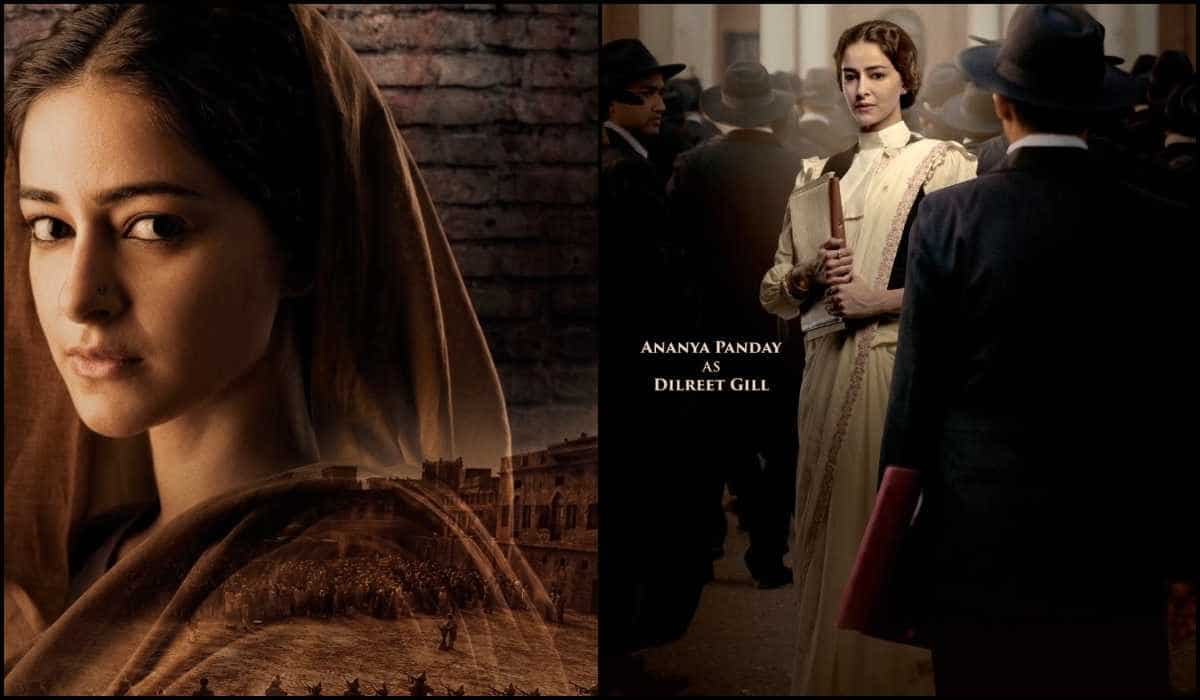
Book covers are turning into works of art. See how it’s done
7 months ago | 73 Views
“Twenty-five years ago, book cover design was barely an industry,” says Bena Sareen. She is currently the consulting creative director at Aleph Book Company in Delhi. But when the millennium turned, she was Penguin India’s first art director. It was a good time to be in publishing. In 1997, Arundhati Roy’s The God Of Small Things won the Booker Prize. Kids and adults were delighting in the first magical adventures of Harry Potter. And the very first Crossword Book Award, India’s first major prize for writers, was given out in 1998.
India was excited about English-language fiction. The only place to go was up, or uphill. “To research book cover visuals, one had to visit national museums, stand in line, and fill in forms for photos of the artefacts one wanted,” Sareen recalls. “The other option, if you were doing a cover for Ruskin Bond, was to ring up friends who had travelled to the hills, ask them to send images and pick something from them.”
In the years since, publishers have tried every design trick to make promising writers stand out. Larger companies now employ in-house book designers and commission work from specialists. Hardbound tomes have had textured jackets, photographers and typographers have collaborated across borders, covers have reflected a changing India and a maturing readership. See how some publishers are upping their game, aiming for the window display, even as we increasingly read on screens.

Top shelf
Salman Rushdie’s memoir, published earlier this year, makes the most of its cover art. Its white background simply has the title, Knife, running across it. But where the i should be is a violent slash that looks like it’s cut through the hardcover. New York-based graphic designer and illustrator Arsh Raziuddin says she was determined, when working on the project, to not use blood or red, or make light of the 2022 knife attack on the author. She created more than 50 covers. Rushdie chose the first one. “Sometimes, the first cover is the best, because it’s instinctual,” she says.
For young debut authors, publishers pick cover visuals that are fun and uncomplicated. Amrita Mahale, author of Milk Teeth (2018), says she loved designer Saurabh Garge’s light, playful illustration of Art Deco buildings. “The book is about Mumbai, and I wanted the cover to capture the bustle of the city. I did not want the book to come across as a romance novel,” says Mahale. “When a reprint was issued, they kept the same cover, but changed the colours to make it seem like it was dusk. Many readers have told me that they picked up the book just because of the cover.”

Fabric of fiction
At Harpercollins Publishers India, art director Bonita Vaz-Shimray says the first step to designing a great cover is to “fall in love with the book and immerse oneself in the text”. It happened when she worked on Chitra Banerjee Divakaruni’s Independence (2022), a Partition-era novel about three sisters. Tight deadlines prevented her from collaborating with a kantha artisan in West Bengal, but she asked a friend who specialised in Parsi embroidery to craft the cover design. “Each sister was symbolically represented – as a fish, a flower, and a conch,” she says. The blue, green, and red patterns were then replicated for the cover art. It won the FICCI Publishing Awards 2023 for the best book cover design. The publisher also created embroidered tote bags with the cover art for the Jaipur Literature Festival in 2023.
Designers don’t necessarily read the whole manuscript. An idea for a cover can sometimes leap out in the first few chapters. At other times, the central visual remains elusive even after the story ends. Sareen says it’s an “intangible, amorphous and totally fascinating process”. Her own technique involves “marking passages that inspire me, doodling on the margins – and somewhere along the way an idea takes shape.”
Sareen’s cover art for Leila Seth’s book, Talking of Justice, won the first Oxford Bookstore Book Cover Prize in 2016. It was a simple design: A bright red background, with the lowercase j as the main visual. Books such as Remnants of a Separation, Kalkatta, Kintsugi, Pebble Monkey, and The Book Beautiful have won since.

Genre bending
The reason most of us can tell a self-help book from a romance novel right away is because they’re subtly designed to stay in their lane. “For commercial, mass-market genres, having a cover aesthetic that fits the genre helps catch the reader’s attention in a fleeting moment,” Sareen says. Consider the clear uppercase title of the 2016 bestseller, The Subtle Art of Not Giving a F***k, and the soft hues and fussy lettering on the early Bridgerton editions.
In contrast, Indian literary fiction and non-fiction are subtler, more creative. “There’s an emphasis on fluid, loose styles instead of direct illustrations,” says Sareen. “We’re seeing pops of colour, which I love. Photo-based covers have taken a back seat.” Sareen’s most recent work for Sudeep Chakravarti’s new book, Fallen City, features a glowing red moon, mugshots, and news snippets. They reference the 1978 kidnapping and murder case on which the book is based.
For authors such as Amish Tripathi and Amitav Ghosh, who have large, established fan bases, the books are designed to look like they belong to the author as a brand. That’s because they cater more to repeat readers than new ones, says Maithili Doshi, consultant art director at Speaking Tiger Books. “The design is more about retaining the writer’s brand value, thus creating a recall,” she says. “Having an attractive cover is a given, so new readers will find them attractive in any case.”
Still, there’s no formula for what works and what doesn’t. Some designs just turn out to be sales magnets, like the anthology Himalaya (2016), edited by Ruskin Bond and Namita Gokhale, which Doshi designed. It’s just the mountain range against a blue sky. It won the Oxford Bookstore Book Cover prize in 2018. “Maina Bhagat, the director of Oxford Bookstores, said that whenever Himalaya was placed on the front shelves, it always attracted customers,” Doshi says.

Reader friendly
Translated work, now a robust genre of its own, offers designers new creative paths too. Doshi designed a series of covers for HarperCollins’ Perennial Series in 2017. She used the scripts of the regional languages the books were written in – Bengali, Malayalam, and Urdu – in the visuals, making them instantly recognisable as translated works.
But as more readers simply read on screens, specifically the black-and-white surface of a Kindle, designers know that the cover art must hold its own against whatever else is already downloaded. “The first concern is how the book cover will appear in a thumbnail,” says Vaz-Shimray. “At that scale, details are often lost, which is why it’s crucial to have strong type or imagery that at once draws the attention.”
If you’ve picked up a book just based on its cover, you’re not alone. Designers do it too. Sareen bought a copy of Polish author Olga Tokarczuk’s Flights because she loved the minimalist ink-blue cover. Doshi loves Haruki Murakami’s book covers because of the simple visuals make each book seem part of a set. Raziuddin loves Martyr! A Novel, and Tomorrow, Tomorrow, and Tomorrow. “It’s okay for design to just be beautiful without much meaning behind it,” she says. “Every element doesn’t need to be there for a reason.”
Read Also: Pain of losing a pet: 5 ways to remember them fondly





















